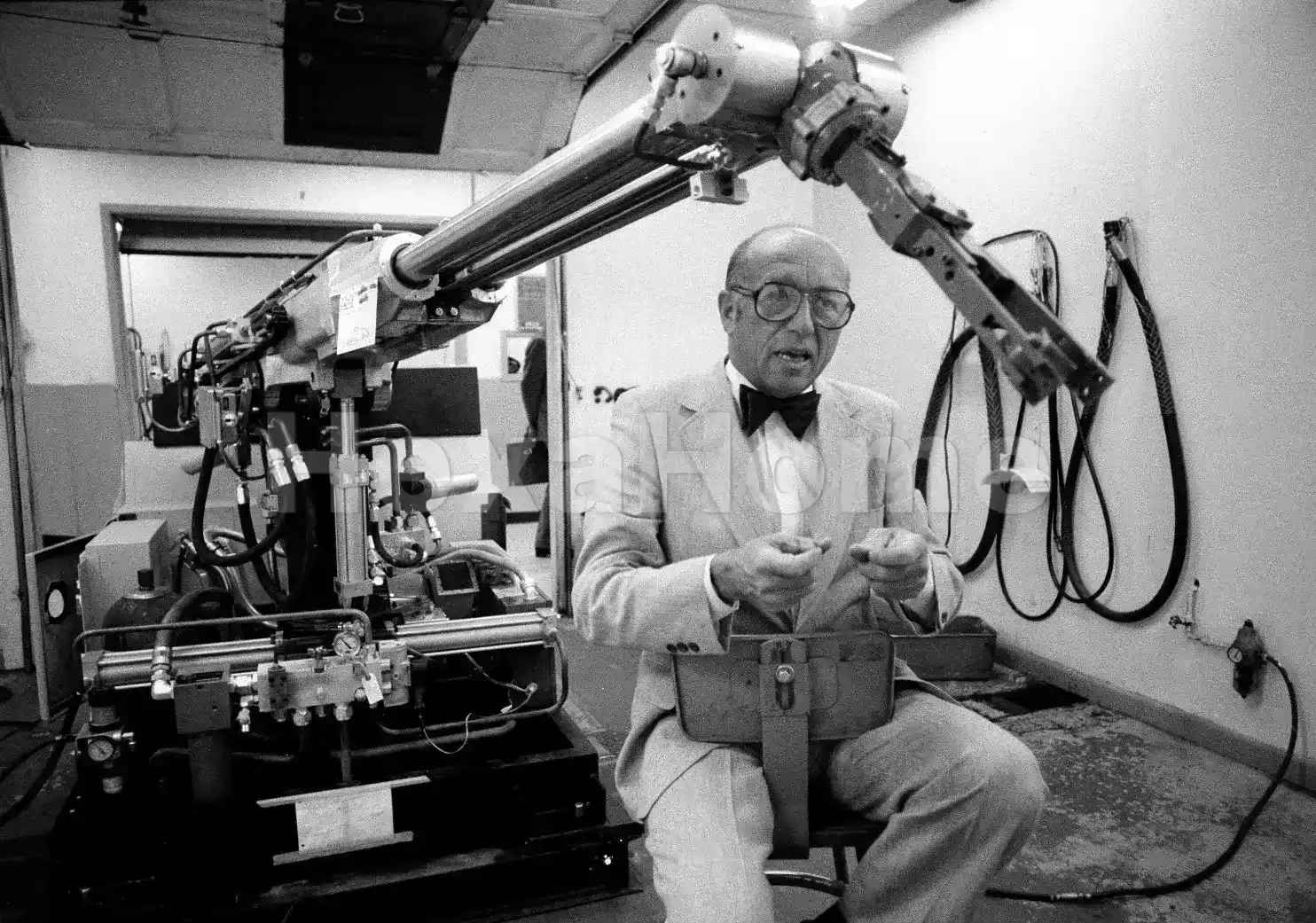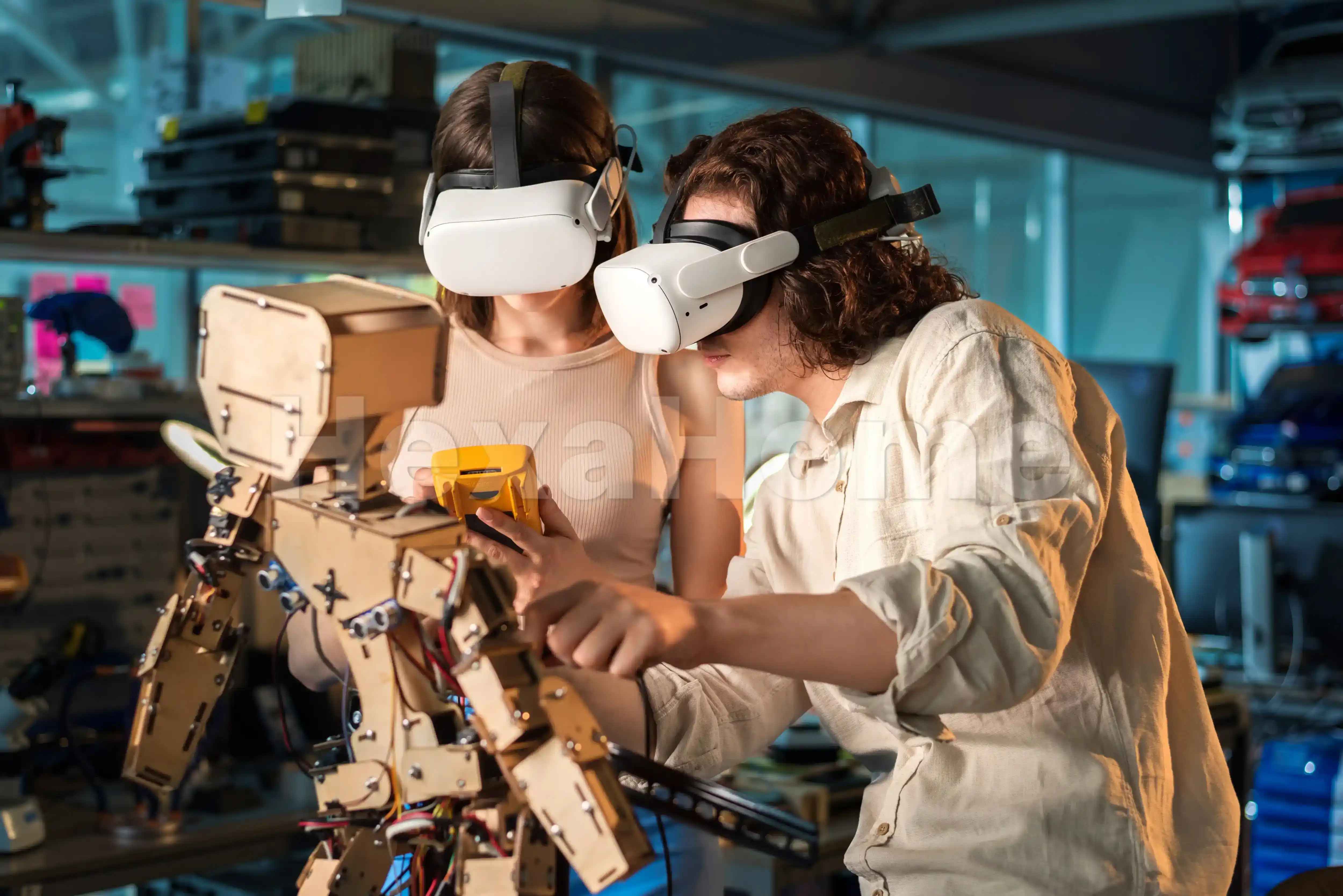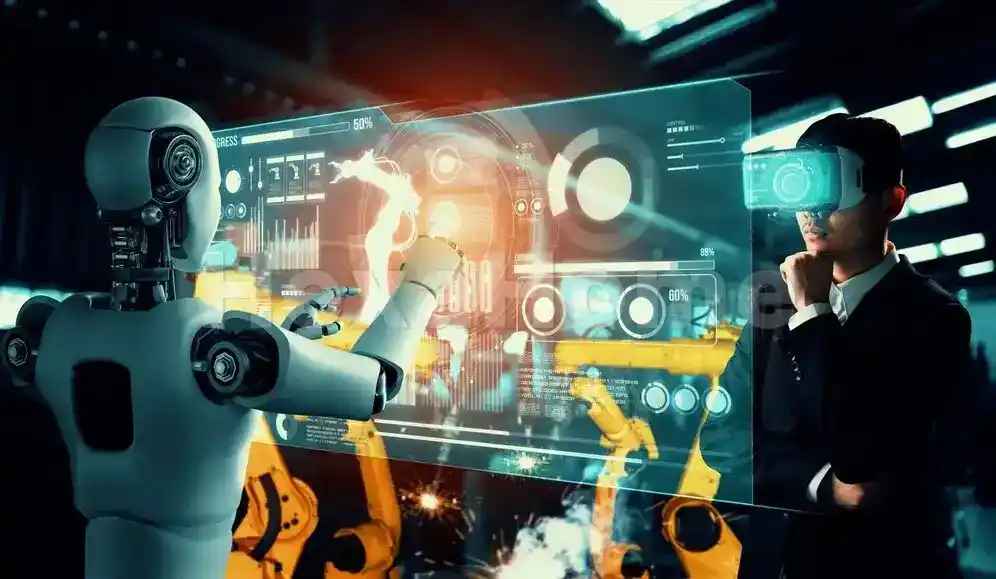Robotics: Innovations, Applications, and Future Trends
Updated on : 19 November, 2024, 12:30 IST

Image Source: freepik.com
Table Of Contents
Robotics is an exciting and rapidly evolving field that blends engineering, computer science, and artificial intelligence (AI) to create machines capable of performing tasks autonomously or semi-autonomously. As we delve into this captivating domain, we will explore its history, current trends, applications, and future prospects, making it accessible and engaging for both enthusiasts and newcomers alike.
The History of Robotics

Image Source: www.wikipedia.org
The concept of robotics dates back to ancient times when myths and legends spoke of mechanical beings. However, the modern era of robotics began in the 20th century. Here are some key milestones:
- 1921: The term "robot" was first introduced by Karel Čapek in his play "R.U.R." (Rossum's Universal Robots), depicting artificial beings created to serve humans.
- 1956: George Devol invented the first programmable robot, Unimate, which was later used in General Motors' assembly line.
- 1970s-1980s: The development of microprocessors led to more sophisticated robots capable of performing complex tasks.
- 1990s: The introduction of the internet began to change how robots communicated and operated.
These milestones laid the groundwork for today's advanced robotics technologies.
Current Trends in Robotics

Image Source: freepik.com
- Artificial Intelligence Integration: AI enables robots to learn from their environment and improve their performance over time through machine learning algorithms.
- Collaborative Robots (Cobots): Designed to work safely alongside humans, enhancing productivity in shared workspaces.
- Autonomous Systems: Capable of navigating complex environments without human intervention, seen in agriculture and logistics.
- Soft Robotics: Robots made from flexible materials to interact safely with humans and delicate objects, often used in healthcare.
- Robotics in Education: Platforms like LEGO Mindstorms and Raspberry Pi introduce robotics to students.
Applications of Robotics

Image Source: freepik.com
Robotics demonstrates versatility across various industries:
- Manufacturing: Streamlining production processes with tasks like assembly and packaging.
- Healthcare: Surgical robots improve accuracy in procedures, while companion robots assist in elderly care.
- Agriculture: Autonomous drones and tractors optimize planting and crop monitoring.
- Logistics: Robots manage inventory in warehouses and are tested for autonomous deliveries.
- Exploration: Essential for hazardous environments, like NASA’s Mars rovers.
Future Prospects of Robotics

Image Source: freepik.com
- Enhanced Human-Robot Interaction: Robots with improved emotional understanding for seamless integration into daily life.
- Ethical Considerations: Addressing job displacement, privacy, and responsible AI use.
- Smart Cities: Integrating robotics and IoT for traffic management, waste disposal, and safety.
- Personal Robotics: Household assistant robots to transform daily living.
Learning Robotics
- Online Courses: Platforms like Coursera and Udacity teach programming, electronics, and mechanics.
- Robotics Kits: DIY kits like Arduino allow hands-on learning.
- Competitions: Events like FIRST Robotics foster innovation and teamwork.
- Community Engagement: Joining maker spaces or online forums connects learners with mentors.
Conclusion
Robotics merges creativity, engineering, and innovation to transform industries and improve lives. Whether you're an enthusiast or a newcomer, exploring this field offers endless opportunities for discovery and societal impact.


